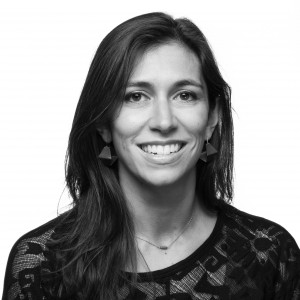
Introducing Hewa Tele
The business, branded Hewa Tele (“Abundant Air” in Swahili), was unveiled in late November 2014 in a ribbon cutting ceremony that was attended by Kenya’s First Lady as well as several key members of the Ministry of Health.
Hewa Tele is operating under the management of the Center for Public Health and Development (CPHD), an NGO that works on the ground in Kenya. frog has been remotely supporting CPHD and their counterpart in Rwanda, Health Builders, to develop plans for monitoring the performance of the businesses and measuring the health impact of having increased patient access to medical oxygen.
In April of 2015, Stephanie Meier-Lewis and I will return to Rwanda and Kenya to provide additional guidance on the management of the oxygen plants in Rwanda and Kenya. Our goal is to ensure the businesses are operating profitability and will be able to scale to support other regions, and to identify aspects of the business model we want to tweak and trial in the next iteration of the pilot.
To do this, we’ll engage with all the different actors in the system. We’ll spend some time talking to health workers and financial managers at some of our key customers to understand what’s working and what can be improved. We’ll shadow the Hewa Tele plant operators to evaluate their workflow. We’ll also do an audit of the initial business performance metrics and identify gaps and risks. To bring it all together we’ll host a summit with the primary stakeholders from both countries to troubleshoot business operations and lay out plans for the next year of the pilot.
In the meantime Hewa Tele will continue to roll out ancillary components of the businesses such as delivery and staff training, all the while putting out more and more oxygen. Over in Rwanda, Health Builders will host its own ribbon cutting ceremony in late January, so look for an update from Rwanda soon.
Thanks to the hard work of the teams on the ground as well as advocacy and support from UNICEF we’re already getting interest from neighboring counties, which means the challenge of demonstrating profitably and scalability is already upon us. The GE Foundation is hoping to use what we’re learning from these two pilots to replicate this model very soon in other countries. frog is gearing up to continue supporting this effort. Stay tuned for more news and updates.
This is the third post in a series of posts on the Oxygen project. Follow the links to read Post #1: Oxygen is Medicine and Post #2: Improving Access to Medical Oxygen. To follow frog’s ongoing involvement in this pilot, or to read more about frog’s work in Rwanda and Kenya, follow us on Twitter and Instagram via the #InsightsO2 hashtag.

Anthony helps companies devise strategies for new products and services designed for topline growth.

Stephanie is a designer and researcher who has a passion for designing services for social good. She is interested in service design, education, social impact, and making things real.
We respect your privacy
We use Cookies to improve your experience on our website. They help us to improve site performance, present you relevant advertising and enable you to share content in social media. You may accept all Cookies, or choose to manage them individually. You can change your settings at any time by clicking Cookie Settings available in the footer of every page. For more information related to the Cookies, please visit our Cookie Policy.